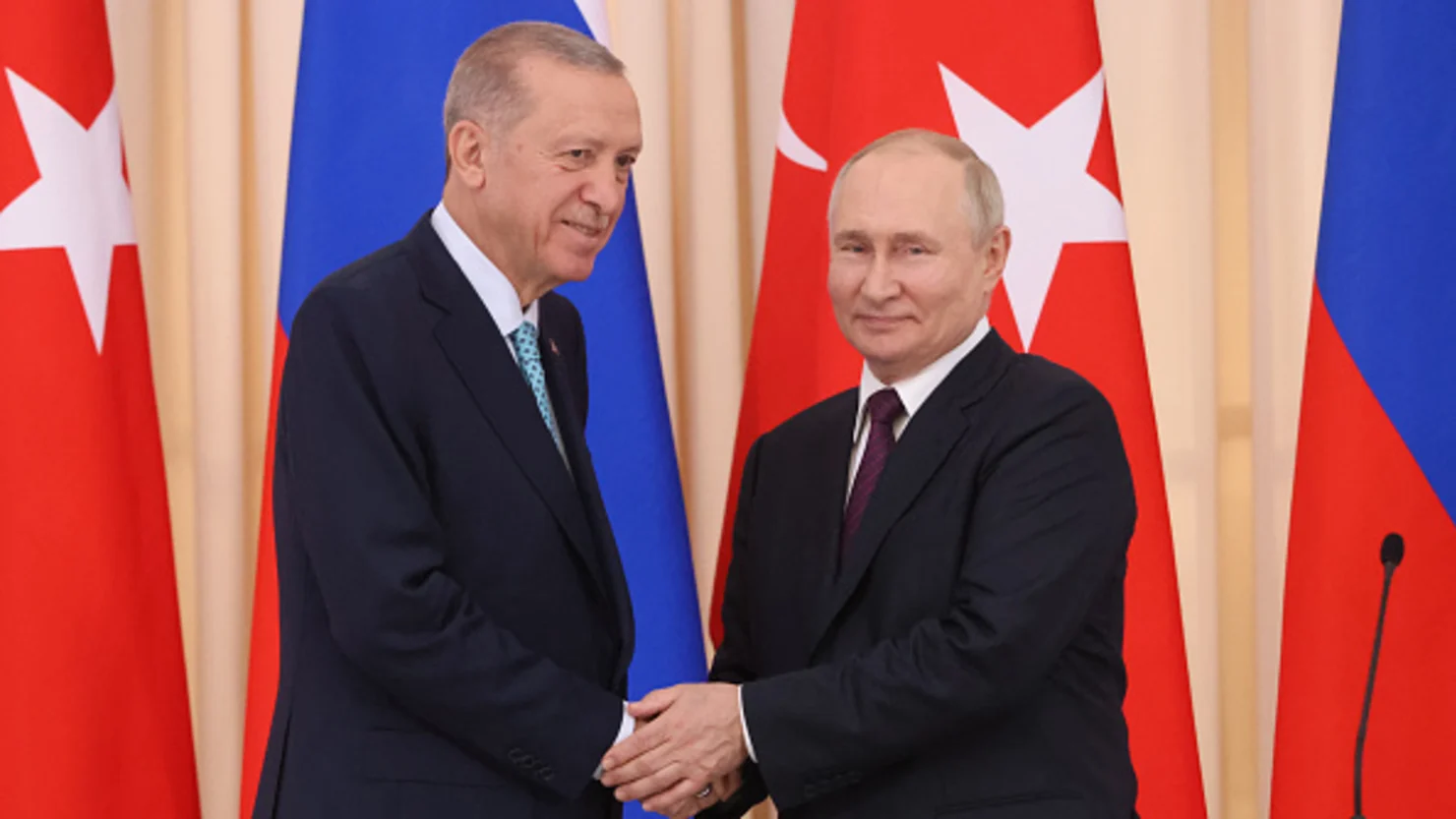Oil prices hovered near their highest levels since mid-April after top producers Saudi Arabia and Russia pledged to extend supply cuts through September, further tightening supplies, according to Reuters.
Prices have seen a sustained rally, with both key benchmarks notching up their sixth consecutive weekly gains last week.
On Monday, Brent crude futures slipped 24 cents to $86 a barrel by 0820 GMT, while U.S. West Texas Intermediate crude was at $82.55 a barrel, down 27 cents.
Despite the United States losing its top credit rating last week, the underlying global macroeconomic backdrop still appears upbeat, said PVM analyst Tamas Varga.
Stuttering global factory activity is being countered by revived service sectors, inflation is being mitigated, the job market in the U.S. is resilient, and peak interest rates in major economies might be close, he noted.
On the supply side, the world's top exporter Saudi Arabia on Thursday extended its voluntary production cut of 1 million barrels per day (bpd) to the end of September, keeping the door open for more.
In line with production cuts, Saudi Aramco raised on Saturday the official selling prices for most grades it sells to Asia for a third month in September.
Russia added to the crunch with its announcement to cut oil exports by 300,000 bpd in September.
Alongside these additional cuts and estimates of significant depletion in oil inventories in coming months, said Varga, "the fundamental backdrop becomes blatantly encouraging."
In focus, however, is Chinese economic data this week to gauge Beijing's appetite for more stimulus measures to support the world's second-largest economy, following a dismal second quarter.
"Oil prices could consolidate around the $85 a barrel level (Brent) for a while, capped by ongoing concerns about the pace of China's recovery and doubts about how long Saudi and Russia will continue to curb production and exports, respectively, given the spare capacity on hand," said Suvro Sarkar, lead energy analyst at DBS Bank.










Trackbacks and Pingbacks